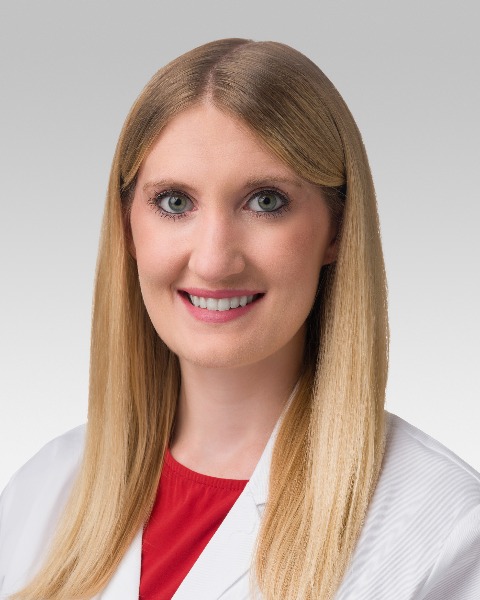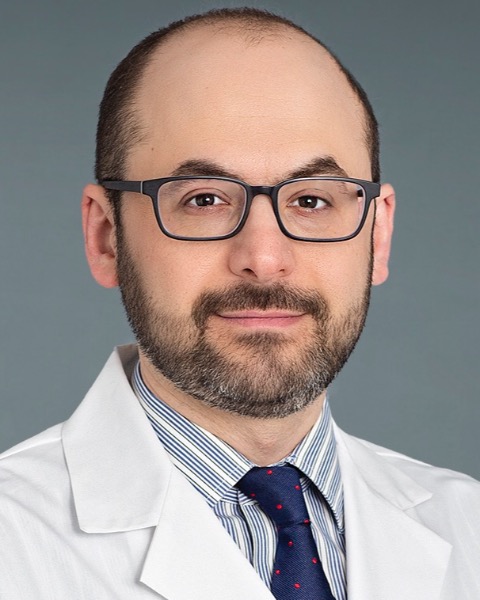Poster Session 2
(512) Azithromycin to improve latency in exam-indicated cerclage: a multicenter randomized control trial (ALEC)

Jenani S. Jayakumaran, MD
Physician
Virtua Medical Group
Moorestown, NJ, United States
Kavisha Khanuja, MD (she/her/hers)
Maternal Fetal Medicine Fellow
Sidney Kimmel Medical College at Thomas Jefferson University
Philadelphia, PA, United States
Stephanie A. Fisher, MD, MPH (she/her/hers)
Assistant Professor of Obstetrics and Gynecology
Northwestern University Feinberg School of Medicine
Chicago, IL, United States
Emily S. Miller, MD, MPH (she/her/hers)
Associate Professor
Women & Infants Hospital of Rhode Island and Alpert Medical School of Brown University
Providence, Rhode Island, United States- ER
Emily B. Rosenfeld, DO
Rutgers Robert Wood Johnson Medical School
New Brunswick, New Jersey, United States 
Justin S. Brandt, MD (he/him/his)
Associate Professor, Division Director, Fellowship Program Director
NYU Langone Health
New York, New York, United States- MP
Megan Piacquadio, MD
Maternal Fetal Medicine Fellow
University of Miami
Miami, Florida, United States - AK
Adeeb Kalifeh
Jefferson Einstein Philadelphia
Philadelphia, Pennsylvania, United States 
Rupsa C. Boelig, MD, MS
Assistant Professor
Sidney Kimmel Medical College, Thomas Jefferson University
Philadelphia, Pennsylvania, United States
Submitting Author(s)
Presenting Author(s)
Coauthor(s)
While prophylactic azithromycin has been shown to increase latency in the setting of cervical shortening, its use in physical exam-indicated cerclage (PEIC) has been understudied. Our objective is to determine whether adding azithromycin prior to PEIC increases gestational latency to usual care (cefazolin and indomethacin).
Study Design:
This RCT included pregnant people with singleton gestations < 24 weeks gestational age (GA) planning a PEIC at one of four sites across the United States. Participants were randomized 1:1 to usual care (cefazolin 1-2 g IV and indomethacin 50 mg IV preoperatively, then 2 additional doses at 8 and 16 hours postoperatively) or usual care plus azithromycin (azithromycin 1g IV once perioperatively). Primary outcome was gestational latency (days) from cerclage placement to delivery. Secondary outcomes included preterm birth ( < 37, < 34, < 32, < 28, and < 24 weeks), GA at birth, chorioamnionitis, birthweight, NICU admission, and composite neonatal morbidity and mortality. Fifty participants needed to be randomized to demonstrate a 20±25 days improvement in latency with 80% power. Assuming a 10% loss to follow-up, we aimed to recruit 55 individuals. Kaplan-Meier survival curve, Mann Whitney U test, and chi squared analyses were conducted. The study was registered at clinicaltrials.gov (NCT05132829).
Results:
A total of 55 participants were randomized from December 2021 to September 2023; 27 to usual care, 27 to adjunctive azithromycin, and 1 excluded from analysis when found not to meet study criteria after randomization. Protocol adherence was 100% for each arm. The median gestational latency after PEIC did not differ between the usual care and azithromycin groups (median difference -1 day, 95% CI -20 to 26 days; Figure). Additional secondary obstetric and neonatal outcomes were similar between groups (Table).
Conclusion:
A single perioperative dose of azithromycin in addition to usual care (cefazolin and indomethacin) does not improve latency to delivery or other obstetric or neonatal outcomes for individuals undergoing PEIC.

